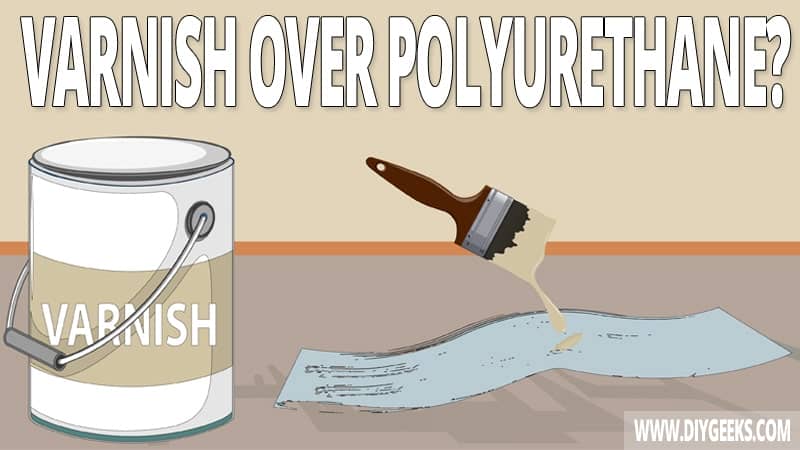Polyurethane is a sealer that produces a glossy moisture-resistant layer and is the final coating in a painting project.
You can apply varnish over polyurethane, but the polyurethane must be fully dried (cured) and you must sand it. Sanding will create tiny pores (holes) for the varnish to penetrate to.
But, varnish and polyurethane aren’t compatible — so it’s better if you remove the entire polyurethane finish and then apply the varnish.
Is Varnish Compatible With Polyurethane?
Varnish and polyurethane are both topcoats (used as the final coat in painting projects), have some similar features, but aren’t compatible.
Varnish contains penetrating finishes in its formula, such as Linseed oil, and needs to penetrate the surface (just a bit) to stick. Polyurethane forms a glossy moisture-resistant coating that doesn’t allow penetration. So these two top coats aren’t compatible.
To apply varnish over polyurethane, you must sand the finish to create tiny pores (holes) so the varnish can penetrate. If you don’t sand, there won’t be pores (or holes) for varnish to penetrate, and the finish won’t stick.
Related Read: Polyurethane vs. Varnish?
How To Apply Varnish Over Polyurethane?
To apply varnish over polyurethane, do the following things.
- Clean the Coating.
- Sand the Polyurethane.
- Thin the Varnish.
- Apply Varnish.
The tools you need for this project are listed below.
- Sandpaper
- Rags
- Varnish (preferably water-based varnish)
- A bristled paintbrush
- A pair of gloves
- Paint Thinner
- Degreaser
1. Clean the Coating
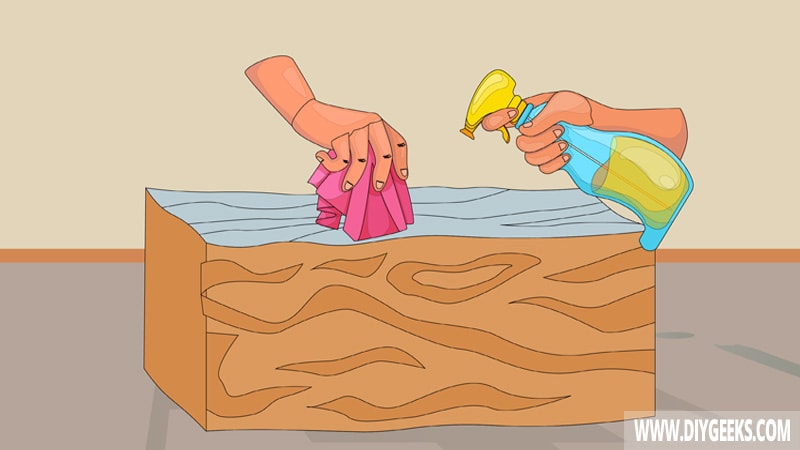
Wipe and clean the polyurethane coating to remove dust nibs and grain that can clog the sandpaper. Also, varnish won’t stick if the coating if filthy or dusty.
To clean a polyurethane coating, do the following things.
- Wipe the coating with a clean rag.
- Apply a degreaser (that is paint-friendly).
- Use a soft brush to wipe off the stains and dirt.
- Apply clean water to remove the degreaser residue.
- Allow the coating to dry.
2. Sand the Polyurethane
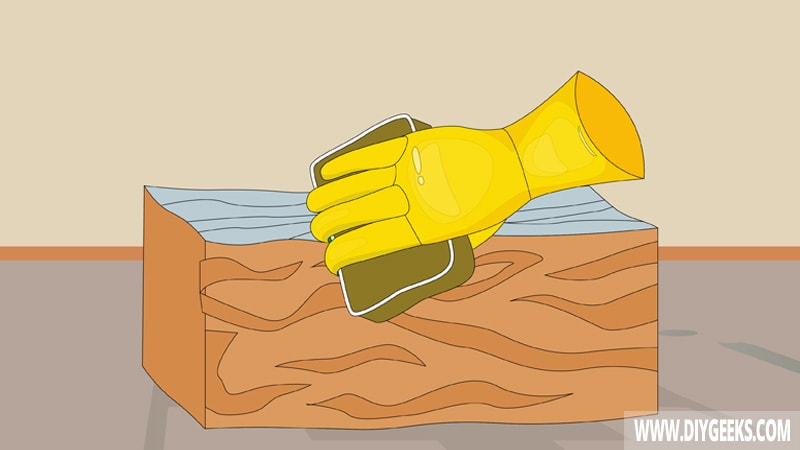
Sand the polyurethane coating to create tiny pores (holes) in the finish for varnish to penetrate into. Sanding will also remove imperfections and bumps from the finish.
To sand polyurethane before varnish, do the following things.
- Use medium-grit sandpaper.
- Don’t apply pressure while sanding, as you can remove the coating.
- Use fine-grit sandpaper to smooth out the coating.
- After sanding, remove dust from the coating.
Don’t use coarse-grit sandpaper as it can remove the entire finish (unless that’s what you want).
3. Thin the Varnish
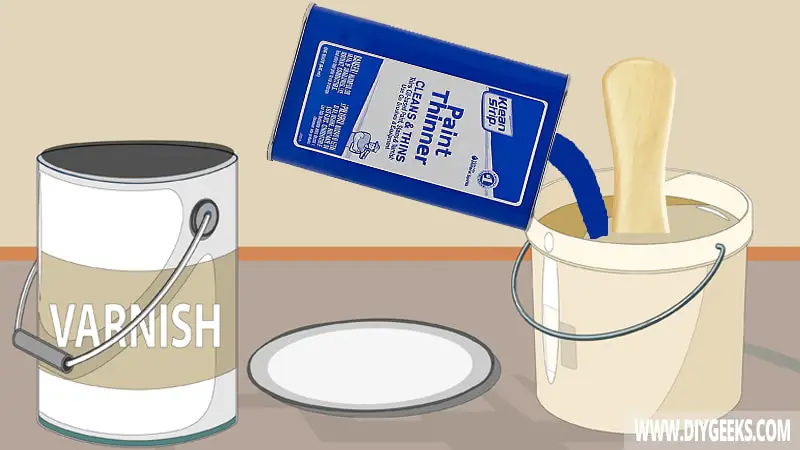
Varnish has a thick flow, so it’s best to thin it before applying. A thin coating is easier to control, dries fast, and provides a smooth finish.
To thin water-based varnish, use ½ cup of water. To thin oil-based varnish, use mineral spirits or lacquer thinner.
To thin varnish, do the following things.
- Use water to thin water-based varnish. Use mineral spirits or lacquer thinner to thin oil-based varnish.
- Stir the mixture with a turning stick or paint mixer for 5-10 minutes.
- Don’t stir too hard, or fast as you can create bubbles.
- Test the mixture.
4. Apply Varnish
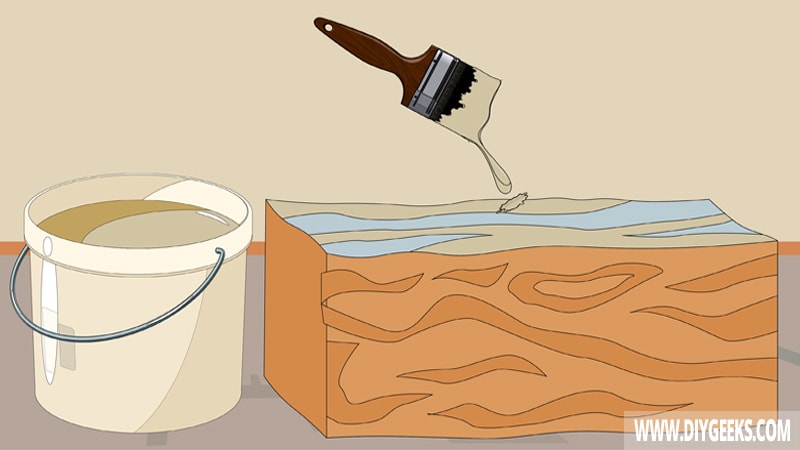
To apply varnish, do the following things.
- Use a bristled paintbrush, as it allows you to control the coating better.
- Since there are already a few coats of polyurethane underneath, you only need 2 coats of varnish.
- Wait until one coat dries before applying the next one.
- It takes varnish 4 hours to dry enough for a re-coat.
- Wait 24 hours after applying the final coat before using the surface.
Can You Mix Varnish with Polyurethane?
You can’t mix varnish and polyurethane because they have different features.
Polyurethane has a plastic-like finish that forms over a surface without penetrating it. While varnish has a clear moisture-resistant coating that must penetrate a surface to stick. Since they have different features, they aren’t compatible and shouldn’t be mixed.
However, you can add a small amount of acrylic varnish to water-based polyurethane to create a colorful finish. Acrylic varnish is mixed with acrylic paint and has lots of paint pigments.
Since water-based polyurethane is a clear coat (it has no paint pigments or color), add acrylic varnish to create a colorful finish. Also, these two finish types use water as their solvent and are compatible.
Can You Apply Polyurethane over Varnish?
You can apply polyurethane over varnish because polyurethane sticks over surfaces (or finishes) without penetrating them.
Applying polyurethane over varnish will create a super durable finish that protects the surface from moisture, scratches, handling, and other damaged.
But, the finish will be too thick and might become blurred because both finishes have a transparent (colorless) finish. The more coats you add, the blurrier the finish will get. So, use tinted polyurethane or acrylic varnish.
